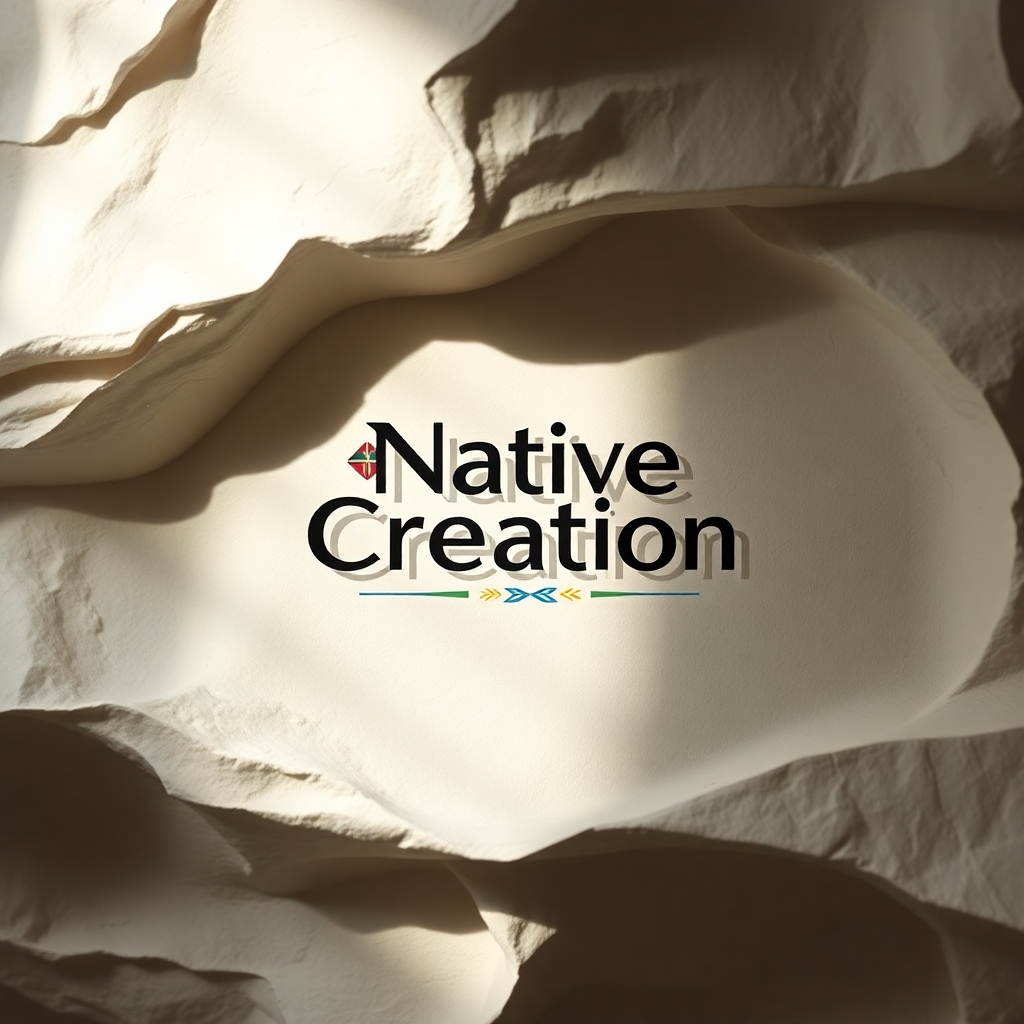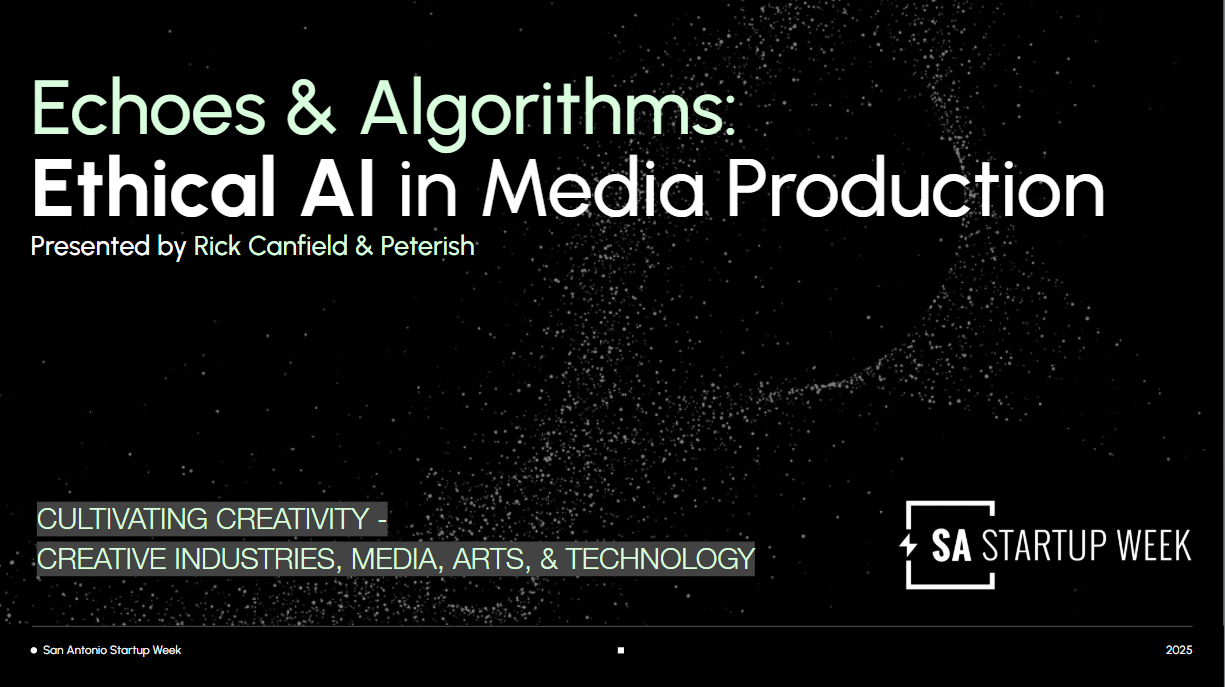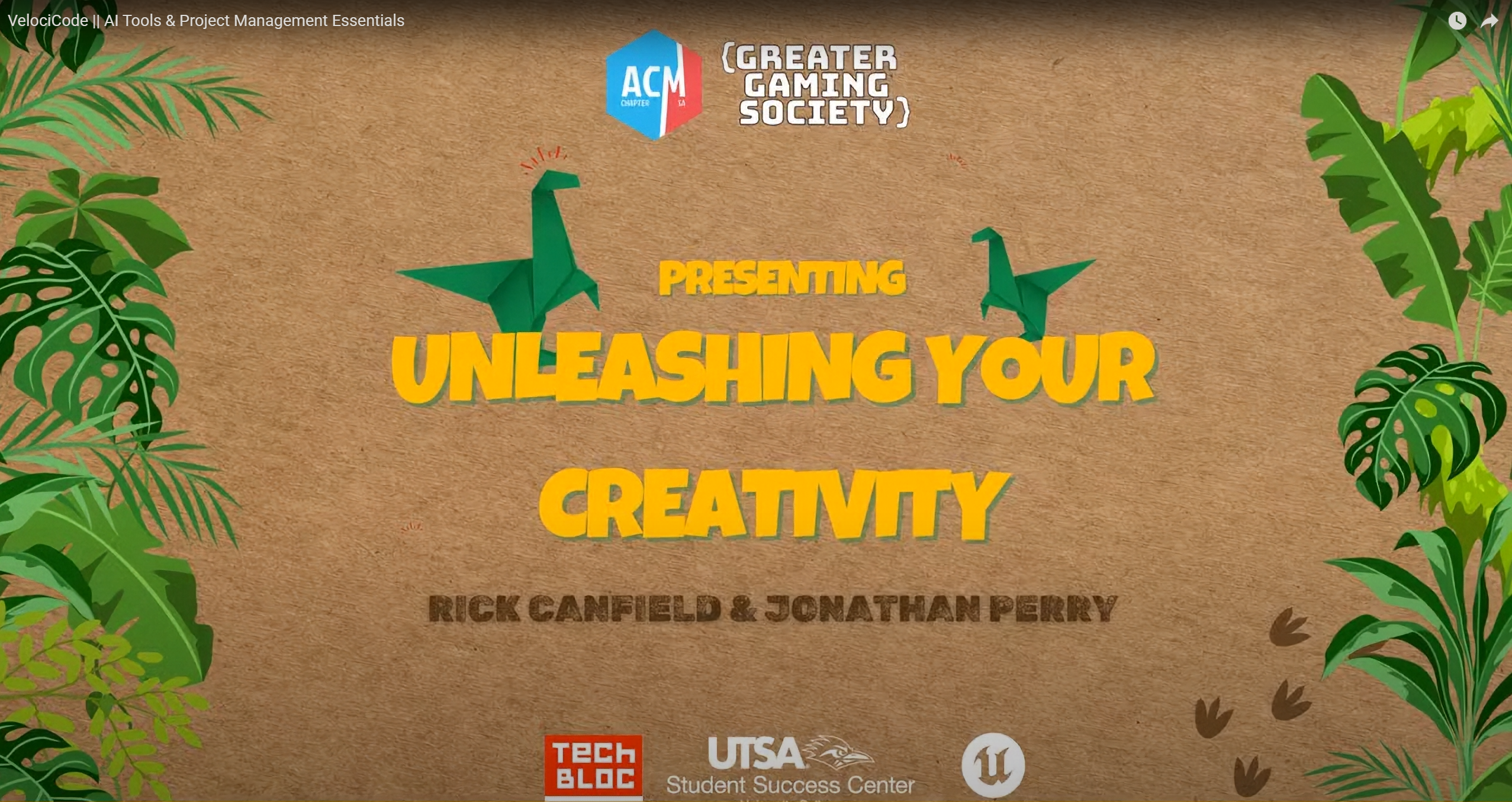Unreal Engine: The God Mode Tool Building the Fabric of the Metaverse
The metaverse needs a foundational technology capable of rendering entire worlds that look and feel real, instantly. It can’t be built on slow, pre-rendered workflows; it requires real-time, photorealistic content creation at scale.
Enter Unreal Engine (UE), the real-time 3D creation platform developed by Epic Games. While initially famous for gaming (e.g., Fortnite), UE has become the core infrastructure for Virtual Production, making it the essential tool for constructing the high-fidelity, persistent environments of the coming metaverse.
What is Virtual Production (VP)?
Virtual Production is the convergence of physical filmmaking, game engine technology, and visual effects (VFX) that allows filmmakers to visualize and refine scenes in real time. Instead of shooting actors in front of a green screen and adding the environment months later in post-production, VP uses large LED volumes (screens) displaying high-fidelity digital environments powered by Unreal Engine.
The benefits of VP—speed, iteration, and realism—are exactly what the metaverse demands.
The Metaverse is Just Virtual Production at Scale
The persistent, shared virtual spaces of the metaverse are simply VP environments designed for multiplayer interaction. Unreal Engine provides the key features that make this leap possible:
1. Photorealism at Runtime: Lumen and Nanite
Older virtual worlds look cartoony because high-quality rendering was too resource-intensive to run live. UE5 solves this with two revolutionary features:
- Nanite: A virtualized geometry system that allows artists to import movie-quality assets (with millions of polygons) without manual optimization. It intelligently streams only the detail the user can perceive, removing poly-count constraints.
- Lumen: A fully dynamic Global Illumination and reflection system. Lighting, reflections, and shadows react instantly and realistically to any change—like an avatar moving a lamp or the time of day shifting. This makes virtual environments feel authentic and alive, not pre-baked.
2. Democratizing World-Building
The Metaverse requires millions of unique digital assets and environments. UE makes high-fidelity creation accessible to anyone, not just specialized coders.
- Quixel Megascans: UE users get free access to the world’s largest library of AAA, cinema-quality 3D assets derived from real-world photogrammetry scans. Artists can populate massive, detailed worlds instantly.
- MetaHuman Creator: This cloud-based tool allows users to generate incredibly realistic digital humans in minutes, complete with realistic hair, skin, and facial rigging. This is crucial for creating believable avatars and NPCs (Non-Player Characters) that populate the metaverse.
- Blueprints: The visual scripting system allows artists and designers to create complex game logic, interactions, and experiences without writing a single line of C++ code, massively speeding up content iteration.
3. Real-Time Collaboration and Transmedia IP
UE’s tools enable a seamless workflow from film production straight into a live virtual world.
- Live Link & VCam: Filmmakers can use a physical iPad (acting as a virtual camera) to block and film a scene within a 3D environment in UE. This data can be instantly streamed to an in-camera VFX stage, or, critically, it can be used to animate a scene that’s deployed directly to a persistent metaverse experience.
- IP Integration: The same high-fidelity 3D assets used to create a movie set (The Mandalorian is a prime example) can be instantly reused to create a virtual world for fans to explore, attend virtual events, or participate in a branded game. This allows IP holders to offer truly transmedia experiences that constantly evolve.
The Future: The Invisible Engine
Unreal Engine is positioning itself not just as a game engine, but as the invisible infrastructure powering the hyper-realistic layer of the metaverse. It is the creative tool that enables the next generation of virtual retail showrooms, digital twins for industry, and immersive entertainment that is indistinguishable from reality.
- Echoes & Algorithms: Ethical AI in Media Production - October 28, 2025
- Creativity and AI Ethics: An Essential Toolkit for Game Dev Success - August 1, 2025
- Echoes on the Canyon Walls: Why the Pecos Rock Art is North America’s Oldest Grand Media - May 1, 2025






